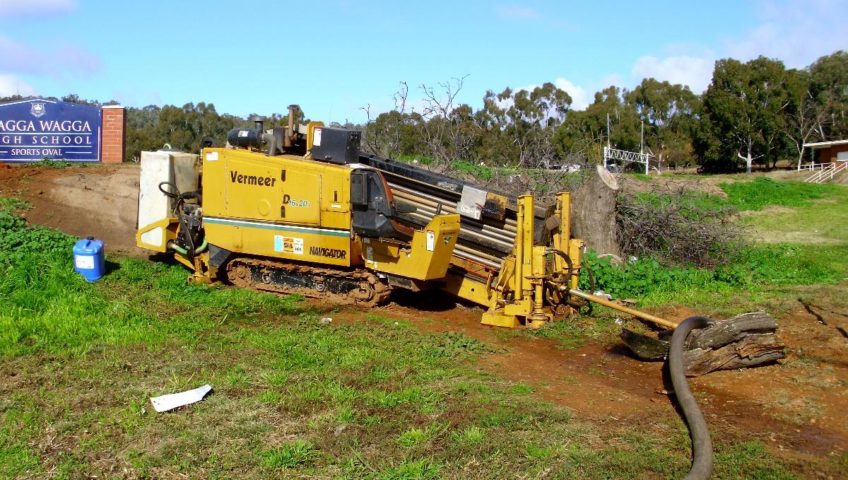
All You Need to Know About Directional Drilling
Directional drilling is also known as slant drilling. It is a method used for controlling the deviation and direction of a wellbore to a predetermined underground location target. Directional drilling is mainly used in the oil and gas industry because it allows drilling multiple wells from the same vertical wellbore, thus, minimizing the well’s impact on the environment. Although directional drilling is very popular, there are some things about it that are not well-known. Here’s a guide to everything about directional drilling:
Applications of Directional Drilling
-
Mining Industry
Directional wells are used in the mining industry to produce methane gas that is available in coal seams.
-
Construction Industry
Directional drilling is used to make a small diameter pilot hole in a smooth arc under the river until it emerges on the other side. This technique is used to cross rivers that are up to 200’ wide.
-
Geothermal Engineering
High geothermal gradient that is found in some rocks can be harnessed to provide energy. To extract the heat from these rocks, the drilling of injection and production wells is necessary.
Benefits of Directional Drilling
-
Savings in excavations and shoring costs
-
Clean trenchless solution for underground installations without disturbing the above surface
-
Eliminates possibility of trenching-related accidents
-
No delays due to unfavorable weather conditions
-
No need to apply for road opening permits for public road works
-
Requires less than half the time to get the job done when compared to the traditional trenching methods
-
Best option for sites that are sensitive to surface disruptions like golf courses, busy traffic junctions, airport runways, difficult site conditions, etc.
-
Prices are not too high compared to the conventional trenching methods
-
Ideal for house service installations for gas, communications, power, sewer, and water lines.
-
Savings on manpower
Disadvantages of Directional Drilling
-
Difference in operating costs is too high
-
Expensive equipment need to be mobilized to push tools down the hole that are required for repairs
-
Prevention of sand influx into the drilling wells is less reliable and needs more effort
Directional drilling is safe and has various other benefits. The advantages of directional drilling outweigh its disadvantages by far. Plus, using the best directional drilling methods and equipment can certainly minimize the downsides of directional drilling. If you want the trenching job to be done with perfection, you should definitely choose directional drilling over other traditional methods.

Write a Comment